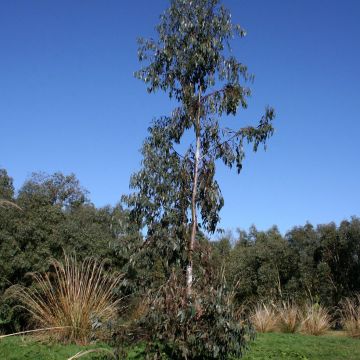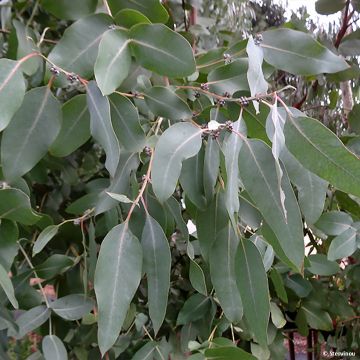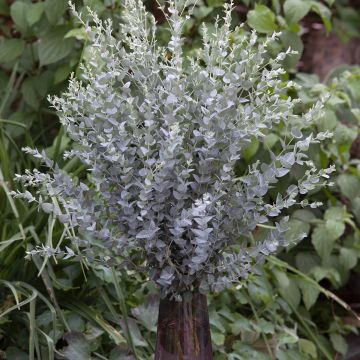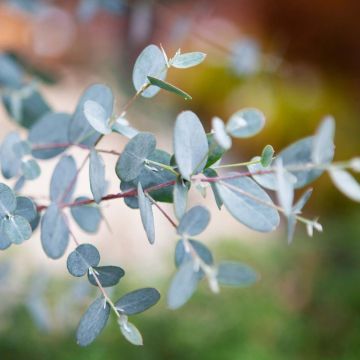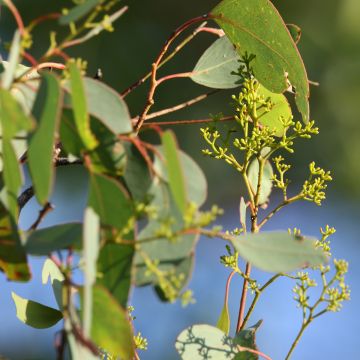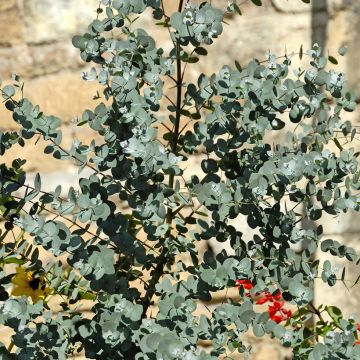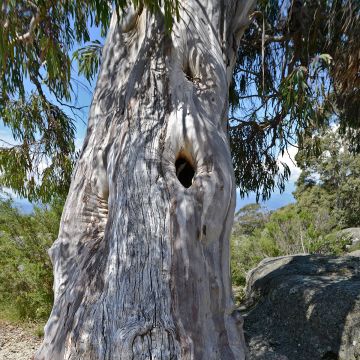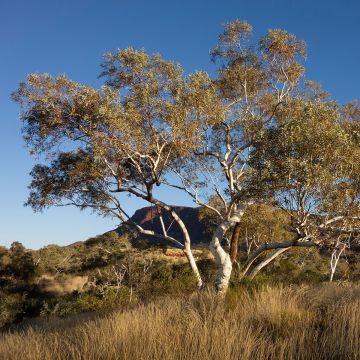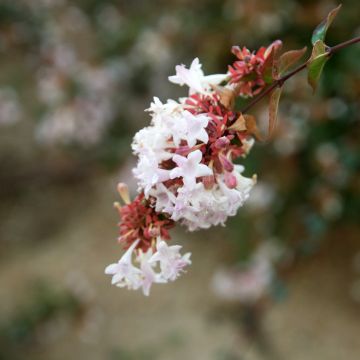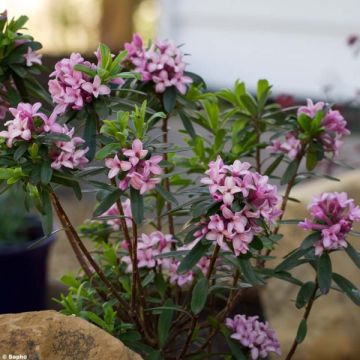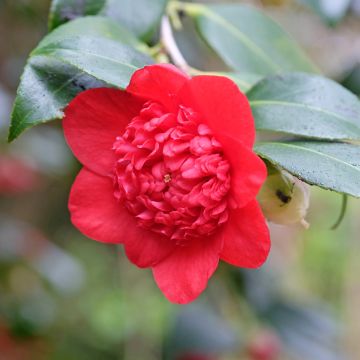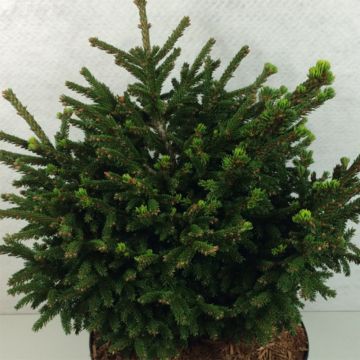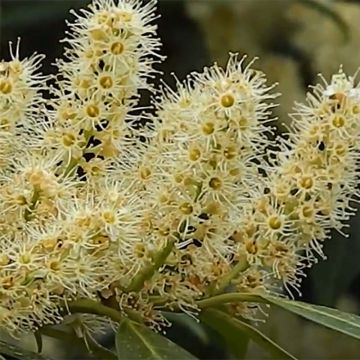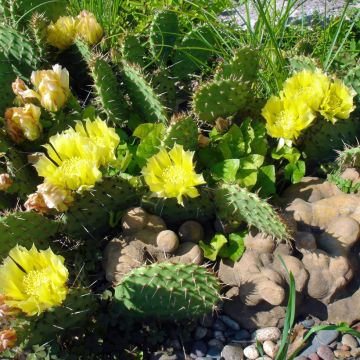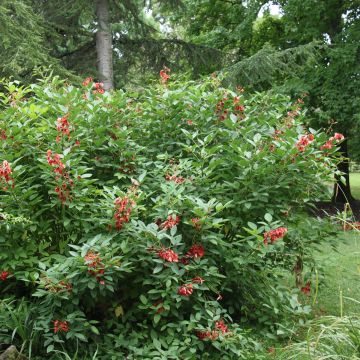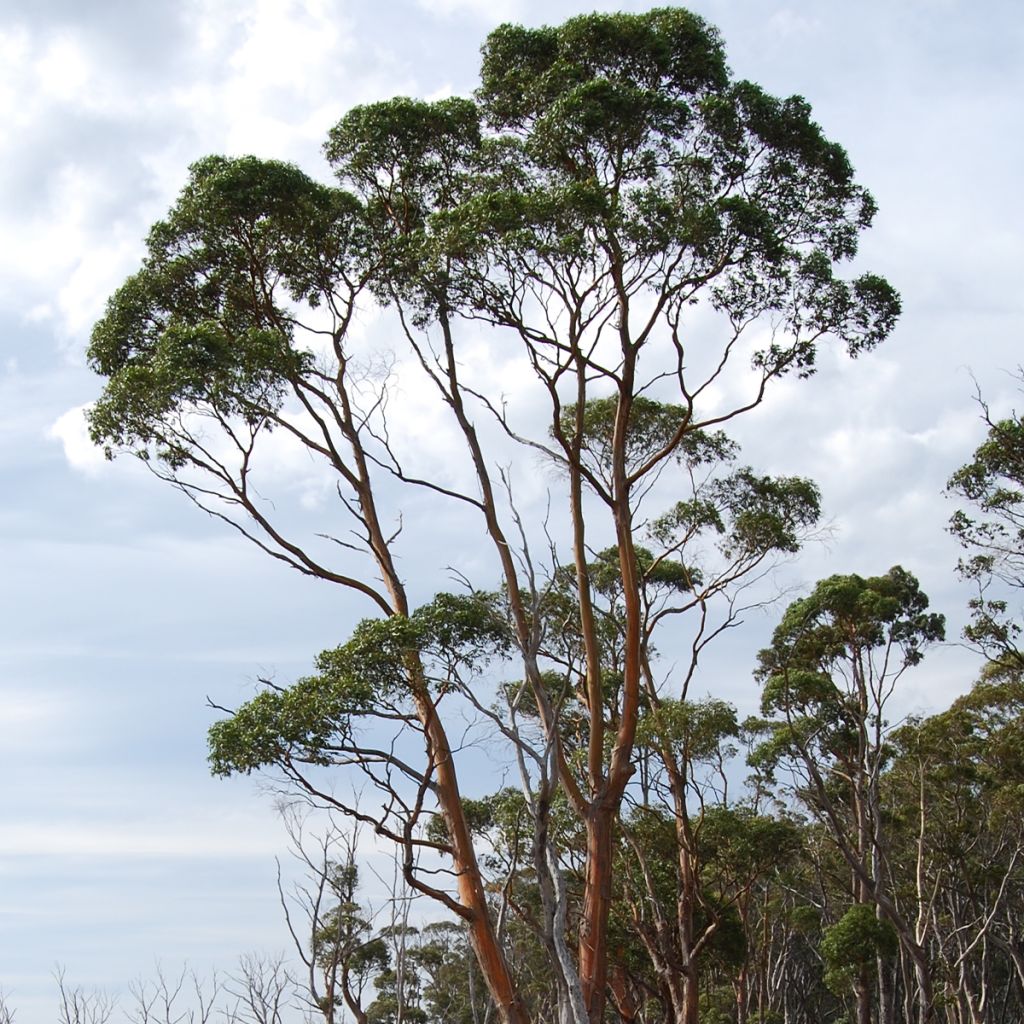

Eucalyptus rodwayi
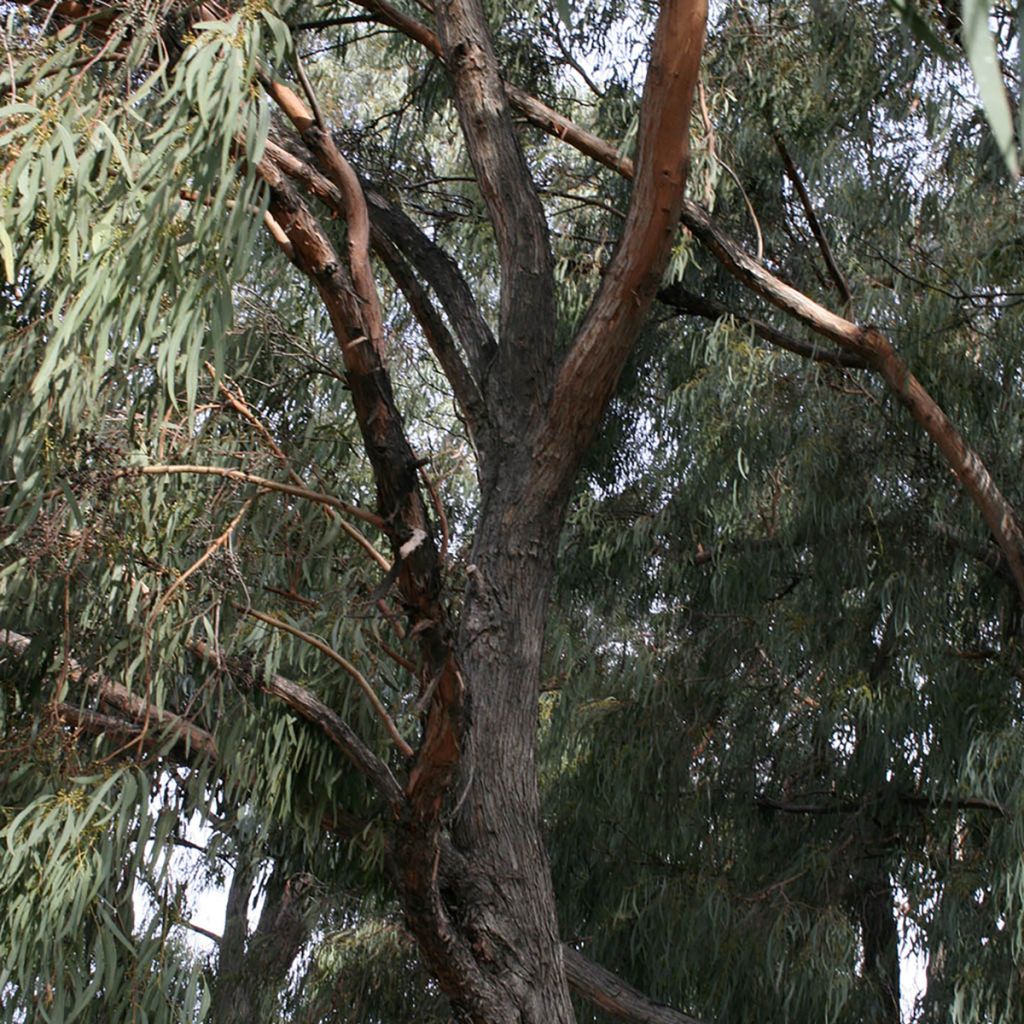

Eucalyptus rodwayi
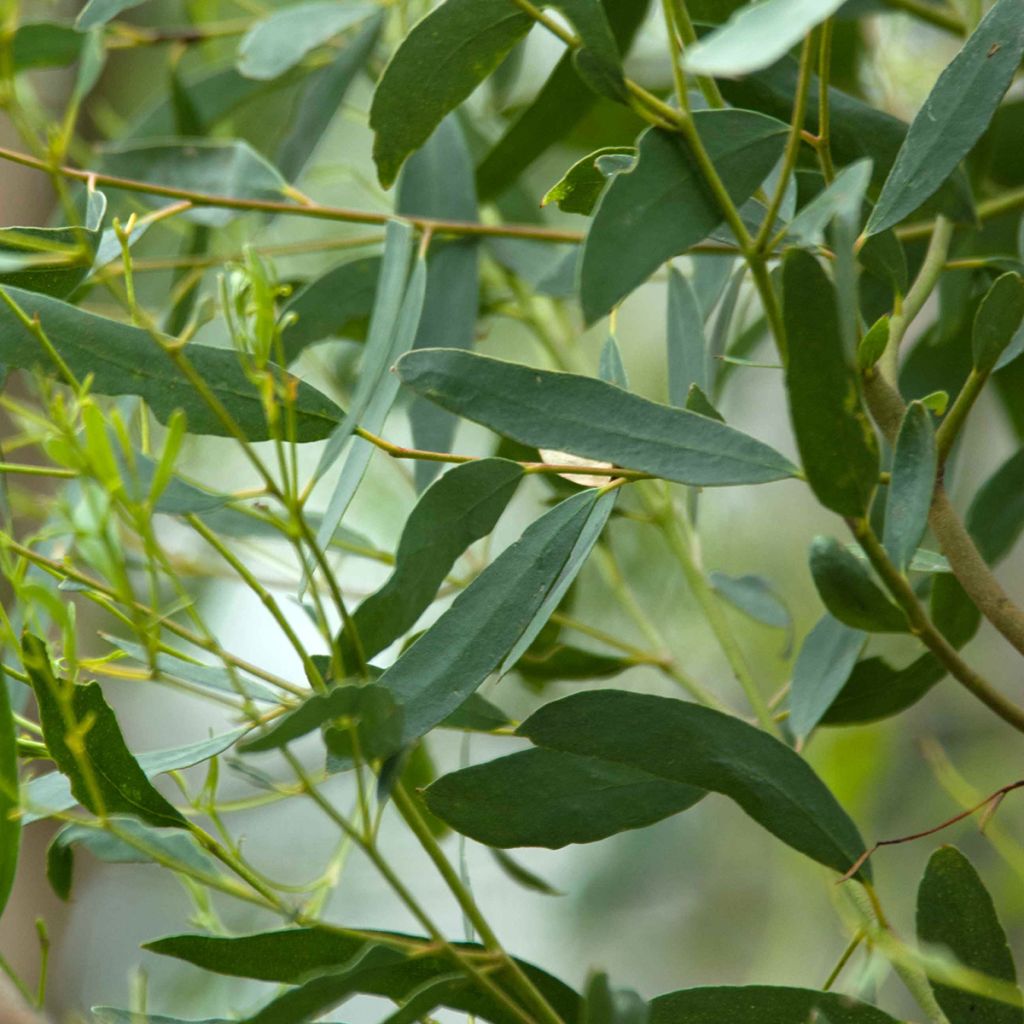

Eucalyptus rodwayi
Eucalyptus rodwayi
Eucalyptus rodwayi
swamp peppermint
Been looking for this specimen for a long time, and it's doing fantastic, even in difficult Belgium soil (winter swamp, summer concrete). I love the pots they come in, you can see the healthy roots waiting to explore the world :)
dirk, 20/08/2024
Special offer!
Receive a €20 voucher for any order over €90 (excluding delivery costs, credit notes, and plastic-free options)!
1- Add your favorite plants to your cart.
2- Once you have reached €90, confirm your order (you can even choose the delivery date!).
3- As soon as your order is shipped, you will receive an email containing your voucher code, valid for 3 months (90 days).
Your voucher is unique and can only be used once, for any order with a minimum value of €20, excluding delivery costs.
Can be combined with other current offers, non-divisible and non-refundable.
Home or relay delivery (depending on size and destination)
Schedule delivery date,
and select date in basket
This plant carries a 24 months recovery warranty
More information
We guarantee the quality of our plants for a full growing cycle, and will replace at our expense any plant that fails to recover under normal climatic and planting conditions.
Would this plant suit my garden?
Set up your Plantfit profile →
Description
Eucalyptus rodwayi, commonly known as the Swamp Gum, is a species native to Tasmania that forms an evergreen, medium-sized, and relatively narrow upright tree. Its trunk with fibrous grey bark is slender and rather thin, contrasting well with the shiny green foliage. The slender and elongated leaves present a genuine ornamental interest, as well as the flowering, in umbels of white pompons. Growing at latitudes far from the tropics, it withstands cold well, making it easier to acclimate in our gardens. Its other assets lie in its adaptability to most soils, acidic, neutral or even moderately chalky, it also grows perfectly in poor soils. It simply needs sun and sufficient water at the root level.
Eucalyptus rodwayi belongs to the large Myrtaceae family, like all Eucalyptus. This genus is rich in about 800 species, almost all native to Australia, and Tasmania, the southern island that constitutes one of the Australian states. This is where this species grows naturally, from the central plateau to the east coast of the island, in valleys with wet soils, often poorly drained. This habitat earns it its vernacular name of Swamp Peppermint Gum. "Peppermint" on the other hand is wrong, as this species does not belong to the group of Eucalyptus with a peppermint scent (popular names do not always have the rigour of scientific names...).
With average growth, this tree reaches a height of about twenty metres, and 7 to 8 m (23 to 26 ft 2 in) in width. In these wet conditions, its growth is rapid. It generally forms a single, very slender trunk of medium diameter in relation to height. Its vegetation is quite narrow and rectangular, although it can spread wider in isolated specimens. This species has the peculiarity, quite common among Eucalyptus, of developing a lignotuber, an underground formation rich in starch intended to reconstruct the aerial part in case of destruction (by fire in particular). It therefore has the ability to sprout from the stump, with numerous axillary buds developing in all directions.
The juvenile foliage is lanceolate to elliptical, measuring up to 7.8 cm (3.1 in) long and 2 cm (0.8 in) wide. These sessile and opposite leaves are green. The adult foliage is not much different, the leaves of the same width are a little longer (up to 13.5 cm (5.3 in)), of a beautiful shiny green, and linear to crescent-shaped. This fine trailing foliage is very graceful and contributes to the ornamental interest of this species.
It contrasts well with the grey-to-grey-brown bark that covers the trunk and main branches. This finely fissured fibrous bark is quite aesthetic, without being among the most ornamental.
The flowering is quite classic and takes the form of white pompons, made up of bouquets of stamens spreading in perfect circles. These small petal-less flowers, about 2 cm (0.8 in) in diameter, are grouped in 7, 9 or 11 in axillary umbels, thus giving them a very real visual presence. Depending on the region and climate, flowering can occur from November to May.
Like most species, this Eucalyptus grows in a sunny exposure. Due to its origin, it prefers moist soils (but not permanently flooded), however, once well-rooted, it tolerates dryness relatively well. Its growth will be affected in this case. Rather accommodating, it accepts neutral to acid soils, even tolerating a certain amount of lime. It also adjusts very well to poor soils, and as it withstands brief frosts down to -15°C (5 °F).
Eucalyptus rodwayi is an easy tree to grow and well adapted to moist soils, in which it will show rapid growth. Its slender and quite airy habit allows it to be planted alone without generating much shade, or in the background of a bed. Its beautiful shiny green, evergreen foliage will blend well with other colourful foliage, such as that of Sambucus nigra Black Lace, an Elder with very cut leaves, almost black purple, and also a lover of fresh soils. Cercis canadensis Hearts of Gold, a Judas Tree with heart-shaped leaves whose colour varies throughout the year, from red to gold and then to chartreuse green, will also form a superb contrast.
Report an error about the product description
Eucalyptus rodwayi in pictures


Plant habit
Flowering
Foliage
Botanical data
Eucalyptus
rodwayi
Myrtaceae
swamp peppermint
Australia
Other Eucalyptus
View all →Planting and care
Eucalyptus rodwayi is best planted at the beginning of spring in cold regions, after the last frosts, and in early autumn in warmer climates. It adapts to most soils, heavy clay, moist, even poor in organic matter, or limestone without excess. It is planted in a sunny exposure and shows good hardiness. A well-established specimen can withstand brief cold spells down to -15°C (5°F), young plants are more sensitive. In many regions, you can therefore install it in the open ground. Its main requirement is to have sufficient water at soil level, without living in flooded soil. A moist soil while remaining a bit draining, especially in winter, is ideal for this species. However, once well rooted, it proves relatively tolerant to dry soil, but its growth rate will be impacted.
Soak the root ball in a bucket for a quarter of an hour before planting to thoroughly soak it, plant and water abundantly. Water regularly for the first two years, then you can space the watering except during periods of long drought. Gum trees are useful for drying up wet lands, as they are big water consumers even in winter.
Planting period
Intended location
Care
-
, onOrder confirmed
Reply from on Promesse de fleurs
Similar products
Haven't found what you were looking for?
Hardiness is the lowest winter temperature a plant can endure without suffering serious damage or even dying. However, hardiness is affected by location (a sheltered area, such as a patio), protection (winter cover) and soil type (hardiness is improved by well-drained soil).

Photo Sharing Terms & Conditions
In order to encourage gardeners to interact and share their experiences, Promesse de fleurs offers various media enabling content to be uploaded onto its Site - in particular via the ‘Photo sharing’ module.
The User agrees to refrain from:
- Posting any content that is illegal, prejudicial, insulting, racist, inciteful to hatred, revisionist, contrary to public decency, that infringes on privacy or on the privacy rights of third parties, in particular the publicity rights of persons and goods, intellectual property rights, or the right to privacy.
- Submitting content on behalf of a third party;
- Impersonate the identity of a third party and/or publish any personal information about a third party;
In general, the User undertakes to refrain from any unethical behaviour.
All Content (in particular text, comments, files, images, photos, videos, creative works, etc.), which may be subject to property or intellectual property rights, image or other private rights, shall remain the property of the User, subject to the limited rights granted by the terms of the licence granted by Promesse de fleurs as stated below. Users are at liberty to publish or not to publish such Content on the Site, notably via the ‘Photo Sharing’ facility, and accept that this Content shall be made public and freely accessible, notably on the Internet.
Users further acknowledge, undertake to have ,and guarantee that they hold all necessary rights and permissions to publish such material on the Site, in particular with regard to the legislation in force pertaining to any privacy, property, intellectual property, image, or contractual rights, or rights of any other nature. By publishing such Content on the Site, Users acknowledge accepting full liability as publishers of the Content within the meaning of the law, and grant Promesse de fleurs, free of charge, an inclusive, worldwide licence for the said Content for the entire duration of its publication, including all reproduction, representation, up/downloading, displaying, performing, transmission, and storage rights.
Users also grant permission for their name to be linked to the Content and accept that this link may not always be made available.
By engaging in posting material, Users consent to their Content becoming automatically accessible on the Internet, in particular on other sites and/or blogs and/or web pages of the Promesse de fleurs site, including in particular social pages and the Promesse de fleurs catalogue.
Users may secure the removal of entrusted content free of charge by issuing a simple request via our contact form.
The flowering period indicated on our website applies to countries and regions located in USDA zone 8 (France, the United Kingdom, Ireland, the Netherlands, etc.)
It will vary according to where you live:
- In zones 9 to 10 (Italy, Spain, Greece, etc.), flowering will occur about 2 to 4 weeks earlier.
- In zones 6 to 7 (Germany, Poland, Slovenia, and lower mountainous regions), flowering will be delayed by 2 to 3 weeks.
- In zone 5 (Central Europe, Scandinavia), blooming will be delayed by 3 to 5 weeks.
In temperate climates, pruning of spring-flowering shrubs (forsythia, spireas, etc.) should be done just after flowering.
Pruning of summer-flowering shrubs (Indian Lilac, Perovskia, etc.) can be done in winter or spring.
In cold regions as well as with frost-sensitive plants, avoid pruning too early when severe frosts may still occur.
The planting period indicated on our website applies to countries and regions located in USDA zone 8 (France, United Kingdom, Ireland, Netherlands).
It will vary according to where you live:
- In Mediterranean zones (Marseille, Madrid, Milan, etc.), autumn and winter are the best planting periods.
- In continental zones (Strasbourg, Munich, Vienna, etc.), delay planting by 2 to 3 weeks in spring and bring it forward by 2 to 4 weeks in autumn.
- In mountainous regions (the Alps, Pyrenees, Carpathians, etc.), it is best to plant in late spring (May-June) or late summer (August-September).
The harvesting period indicated on our website applies to countries and regions in USDA zone 8 (France, England, Ireland, the Netherlands).
In colder areas (Scandinavia, Poland, Austria...) fruit and vegetable harvests are likely to be delayed by 3-4 weeks.
In warmer areas (Italy, Spain, Greece, etc.), harvesting will probably take place earlier, depending on weather conditions.
The sowing periods indicated on our website apply to countries and regions within USDA Zone 8 (France, UK, Ireland, Netherlands).
In colder areas (Scandinavia, Poland, Austria...), delay any outdoor sowing by 3-4 weeks, or sow under glass.
In warmer climes (Italy, Spain, Greece, etc.), bring outdoor sowing forward by a few weeks.
































